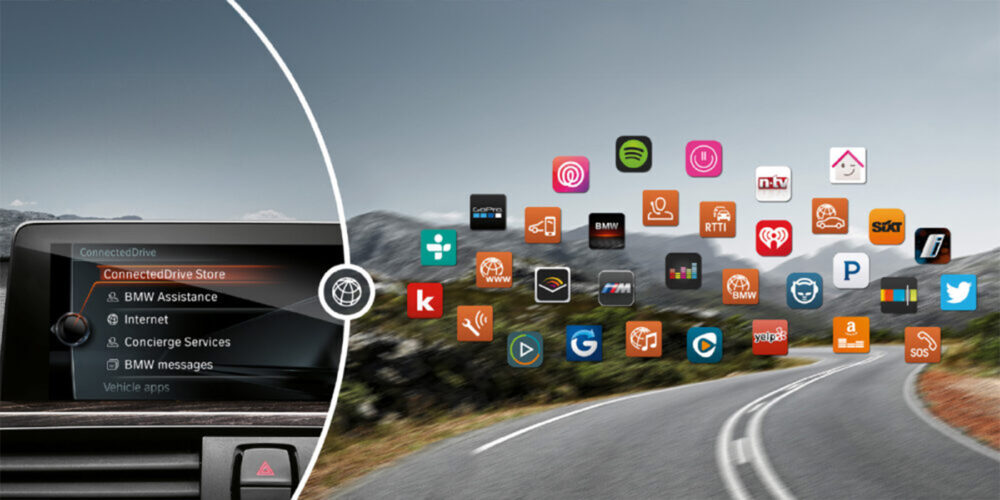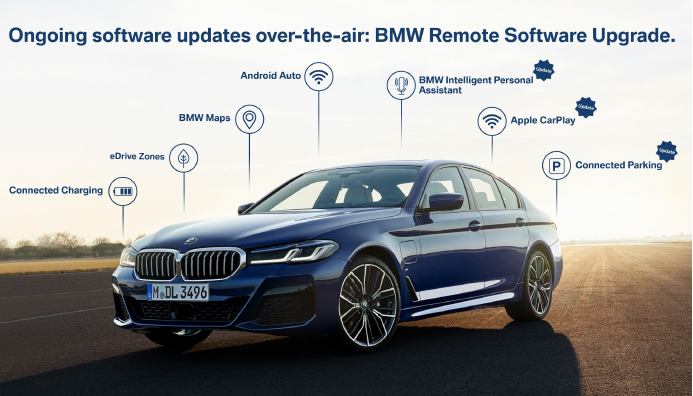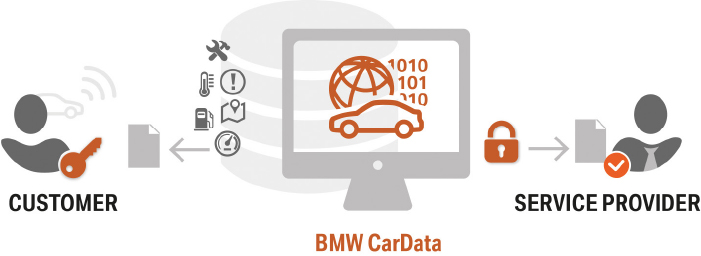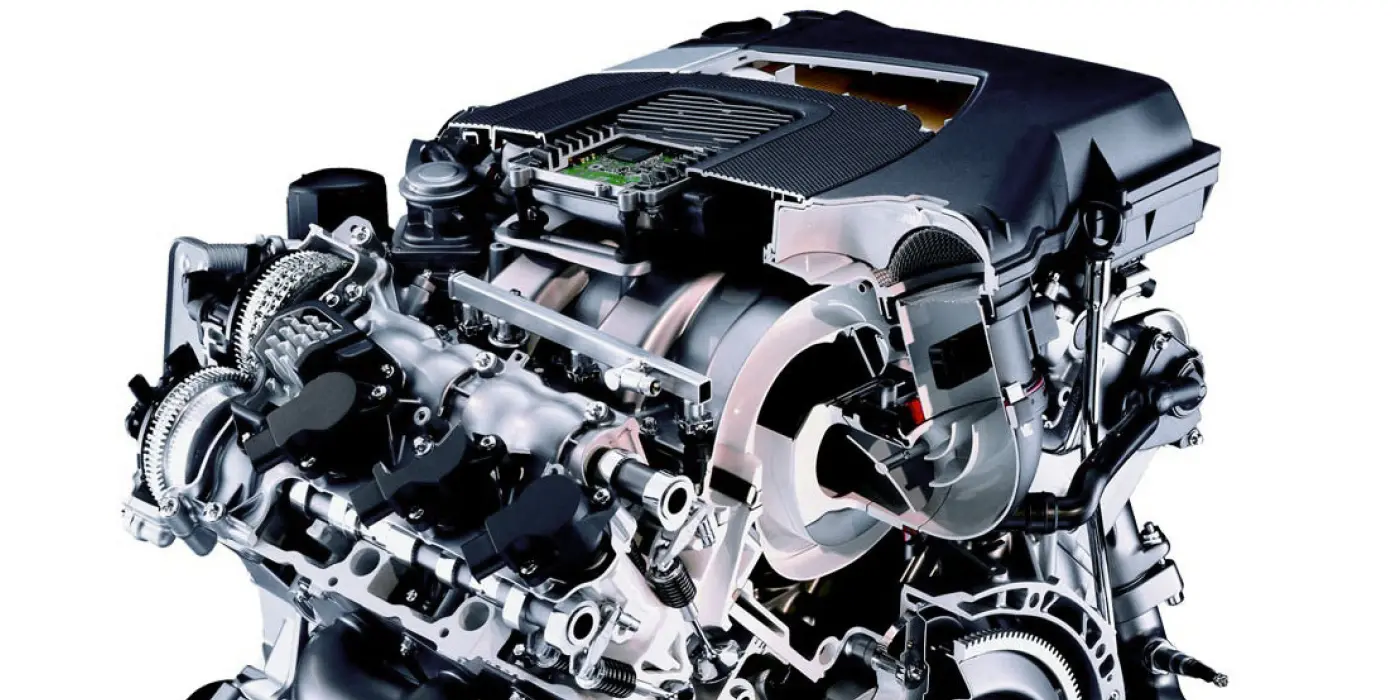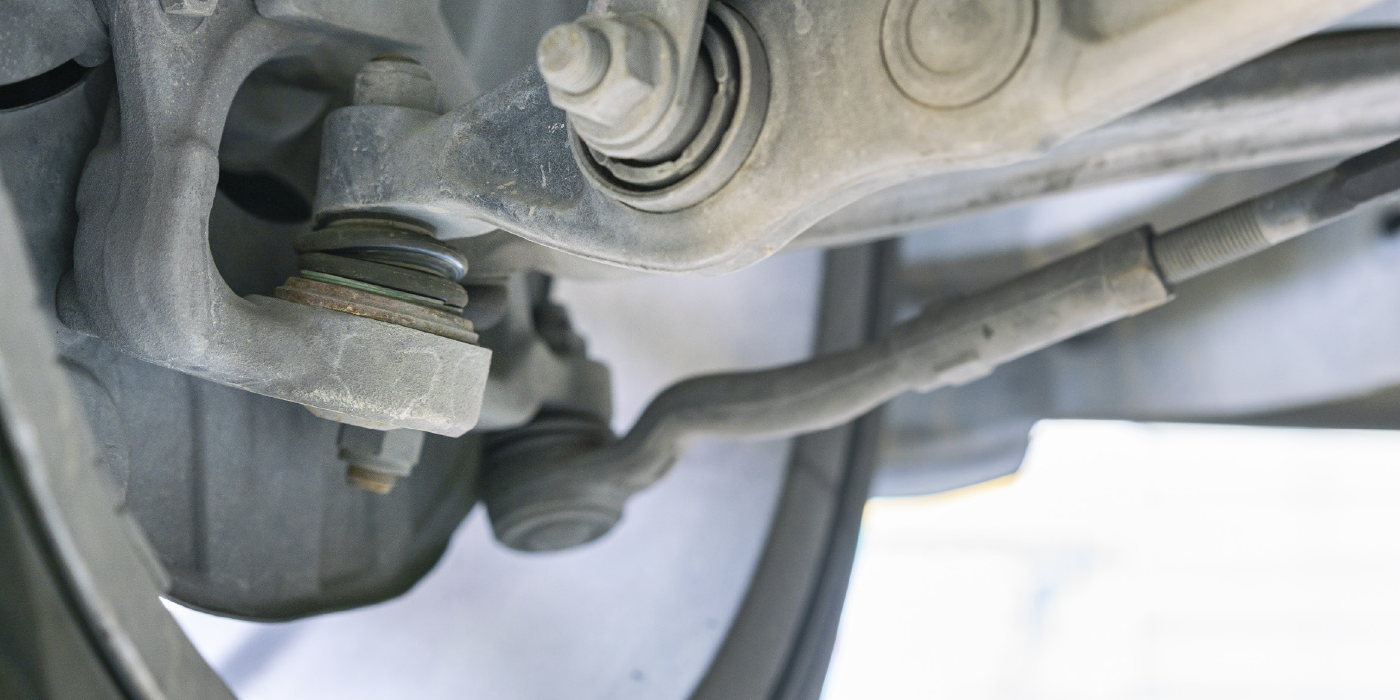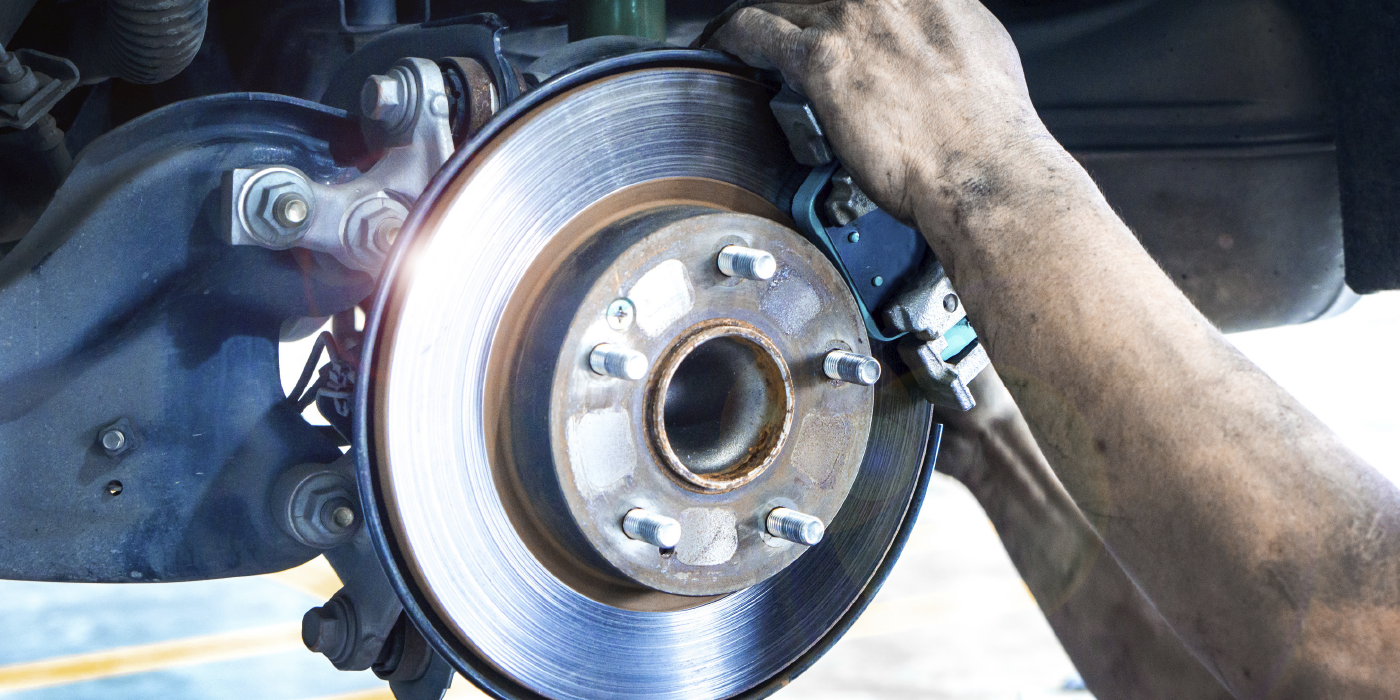BMW has already put more than 14 million telematic-equipped vehicles on the world’s roads over the past quarter-century. Currently, BMW has more than 2.3 million subscribers worldwide. As time has passed, the connection has changed how many functions on a BMW operate.
The first major foray into the connected future took place in 1998 with “BMW Telematics” and the introduction of the BMW Assist package comprising concierge services, traffic information and intelligent emergency call. BMW claimed that if your airbags went off, your call would be placed first in line when connecting to the police. At that time, the analog telephone was still used for establishing an online connection. Unfortunately, all of these vehicles had an analog cellular phone connection until analog cellular providers phased out analog services in 2008.
The Telematics Control Unit (TCU) contains a Motorola GPS receiver, cellular transceiver and modem/transceiver control board. It is connected to the engine control module and airbag module.
The first built-in SIM card to be fitted in a BMW was sold in 2004. The SIM card was integrated into the telematics module. Some cards could be swapped, but the vehicle might not connect to BMW servers. The TCU on these vehicles connects to the infotainment system using a MOST Bus and a CAN Bus to connect to the ECM.
BMW started to roll out more services like real-time traffic update, news and even a web browser. In 2014, it became possible to book and pay for online services by visiting the BMW ConnectedDrive Store. Since 2016, customers have been able to link their smartphones with their car via a connection with the Open Mobility Cloud. BMW’s services are subscription-based. New owners can contact BMW to start the service on a used vehicle.
Many of these second-generation systems are starting to show their age because the cellular connection is only 3G.
2018 was an important year for BMW telematics. The new Remote Software Upgrade feature enabled vehicles to be automatically supplied with the latest software “over the air” at any time. BMW claims updates will not take more than 20 minutes.
Also in 2018, Digital Key was introduced, which used the Near Field Communication (NFC) antenna on smartphones. This system is different than most domestic vehicles and is sensitive to the location of the key relative to the antennas in the driver’s door handle and center console. The dealer should provide customers with a card that has an NFC antenna and chip to open and start the car in case of emergencies.
The system can use a customer’s smartphone as a means of locking and unlocking the car and starting it. BMW claims the cell phone paves the way for a new form of private car sharing, as the Digital Key can be shared with friends and family using BMW Connected.
The next generation of Digital Key will be using Ultra Wide Band (UWB) technology. UWB is a continuously scanning radar that can precisely lock onto an antenna, discover its location and start communicating. This is a security feature that prevents car thieves from trying to steal the vehicle.
CarData
In 2020, BMW CarData was introduced, where customers can access telematics data from secure BMW servers. A customer can request a BMW CarData report at any time showing three types of vehicle data: Condition data (such as mileage); usage-based data (such as average fuel consumption); and event data (such as an automated service call).
BMW CarData is the portal for third-party services such as insurance policies based on actual mileage. This data link will occur through the secure BMW CarData system, without any direct access by third-party services to BMW vehicles. BMW claims customers stay in full control over the data that is shared, with whom, and for how long. This service is available in Europe and is coming to the U.S. soon.
Diagnostics
If there is a problem with the telematics system on a BMW it won’t prevent it starting or cause it to stall. Instead, the vehicle will annoy the driver with warnings in the instrument cluster and infotainment screen.
The most common failures you will see are related to the wiring and connectors for the TCU. On most models, it is located in the trunk. As the trunk seals age, water can enter the trunk and damage the unit. Other issues can happen if the MOST or CAN buses are open or shorted. This will cause other issues for a lot of modules on t

